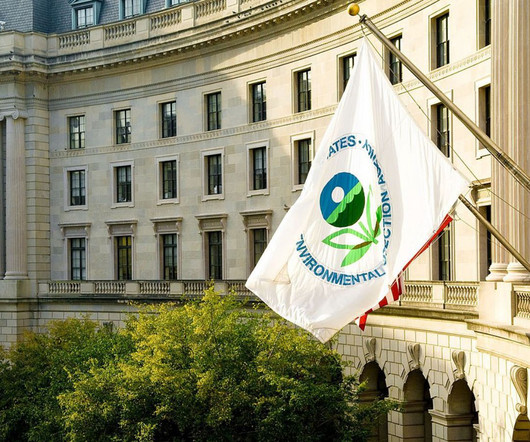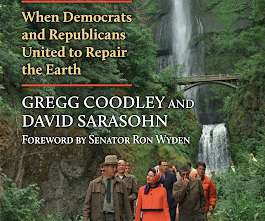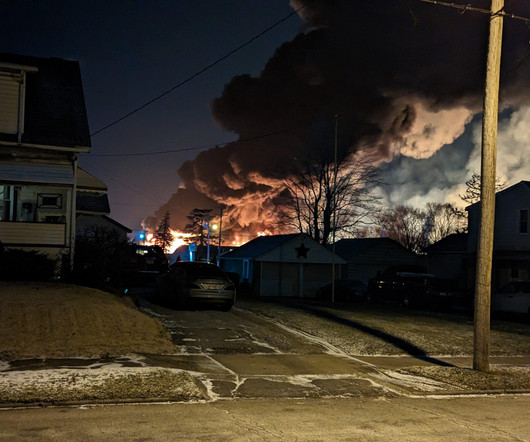Everywhere and Forever All at Once: PFAS and the Failures of Chemicals Regulation
Legal Planet
MAY 29, 2024
This post was originally published on the Law & Political Economy Blog as “How Environmental Law Created a World Awash in Toxic Chemicals.” Indeed, the PFAS disaster points once again to the failure of our laws regulating toxic chemicals, which were intended to avoid just these sorts of problems.



















Let's personalize your content